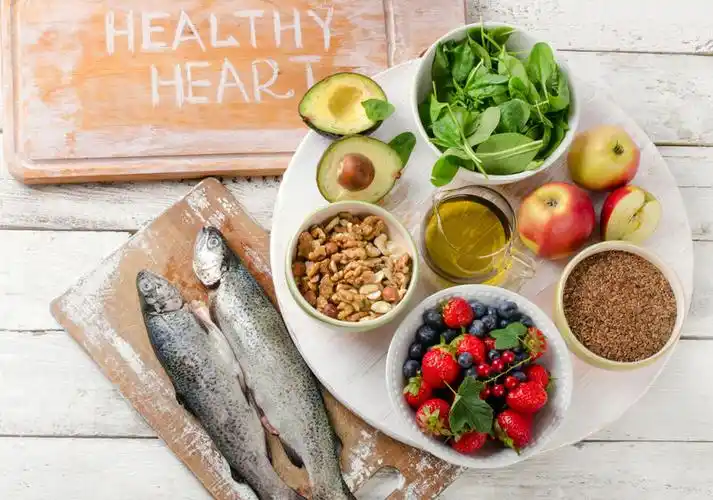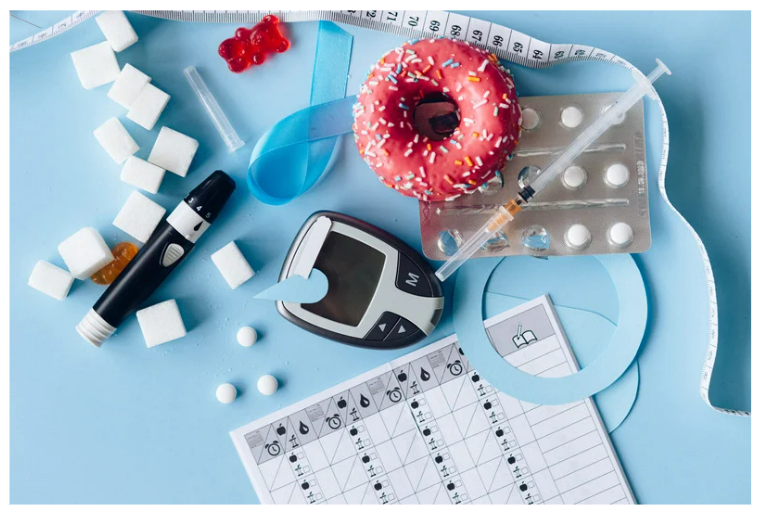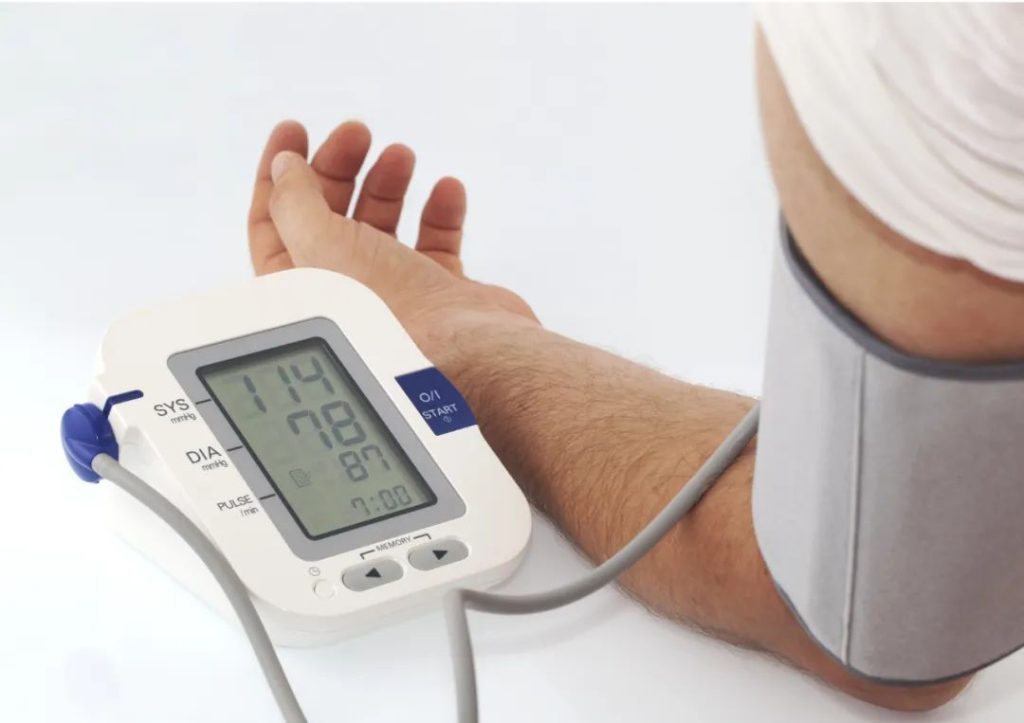
Introduction
Cinnamon, a warm and aromatic spice found in many kitchens, is often discussed for its potential health benefits. Among these is its possible effect on blood pressure, a key concern for those with hypertension. While it’s not a substitute for medication, understanding how cinnamon can play a supporting role is valuable.
How Might Cinnamon Help?
Research suggests that cinnamon may help lower blood pressure through several mechanisms. The spice is rich in antioxidants and has strong anti-inflammatory properties. Chronic inflammation and oxidative stress are known contributors to damage in blood vessels, which can lead to high blood pressure.
More specifically, certain compounds in cinnamon, such as cinnamaldehyde, are thought to promote the relaxation and widening (vasodilation) of blood vessels. This improves blood flow and, as a result, can reduce pressure. Some studies also indicate that cinnamon may act similarly to a class of blood pressure drugs called ACE inhibitors by mildly blocking an enzyme that tightens blood vessels.
What Does the Science Say?
The evidence is promising but not yet definitive. Several meta-analyses, which combine data from multiple small studies, have concluded that cinnamon supplementation does lead to a modest reduction in both systolic and diastolic blood pressure. However, the effect is generally seen as complementary to a healthy lifestyle and standard medical treatment, not as a standalone cure. The quality and duration of the studies vary, meaning more robust, long-term research is needed.
How to Use Cinnamon Safely
You can easily and safely incorporate cinnamon into your diet. A common dose used in studies ranges from about ½ to 2 teaspoons (1-3 grams) of cinnamon powder per day.
- Sprinkle it: Add it to oatmeal, yogurt, or coffee.
- Cook with it: Use it in savory dishes like curries or marinades.
- Bake with it: Include it in whole-grain baked goods.
Important Precautions
- Not a Replacement: Cinnamon should never be used to replace prescribed blood pressure medications.
- Coumarin Content: Regular, high consumption of the more common Cassia cinnamon can be harmful due to its coumarin content, which may cause liver damage in sensitive individuals. For regular use, opt for Ceylon (“true”) cinnamon, which has much lower coumarin levels.
- Talk to Your Doctor: Always consult your healthcare provider before making significant dietary changes, especially if you have a health condition or are taking other medications.
Conclusion
Cinnamon is a delicious spice with potential, modest benefits for blood pressure. Enjoying it as part of a heart-healthy diet rich in fruits, vegetables, and whole grains is a safe and flavorful strategy. However, it works best as a supportive measure, not a primary treatment for hypertension.

